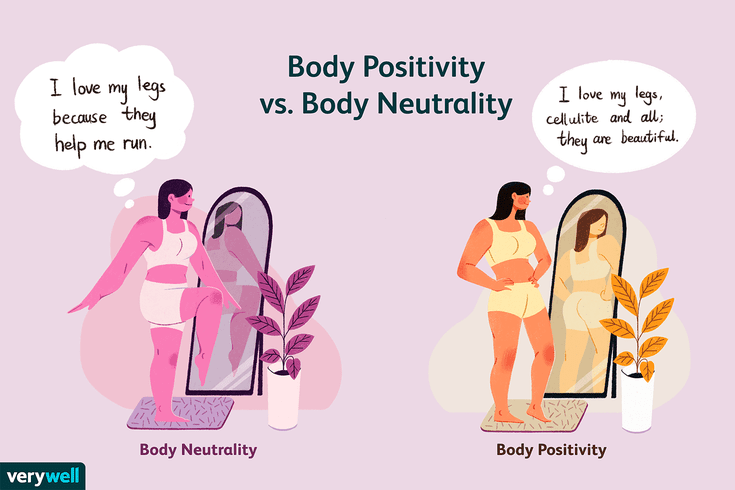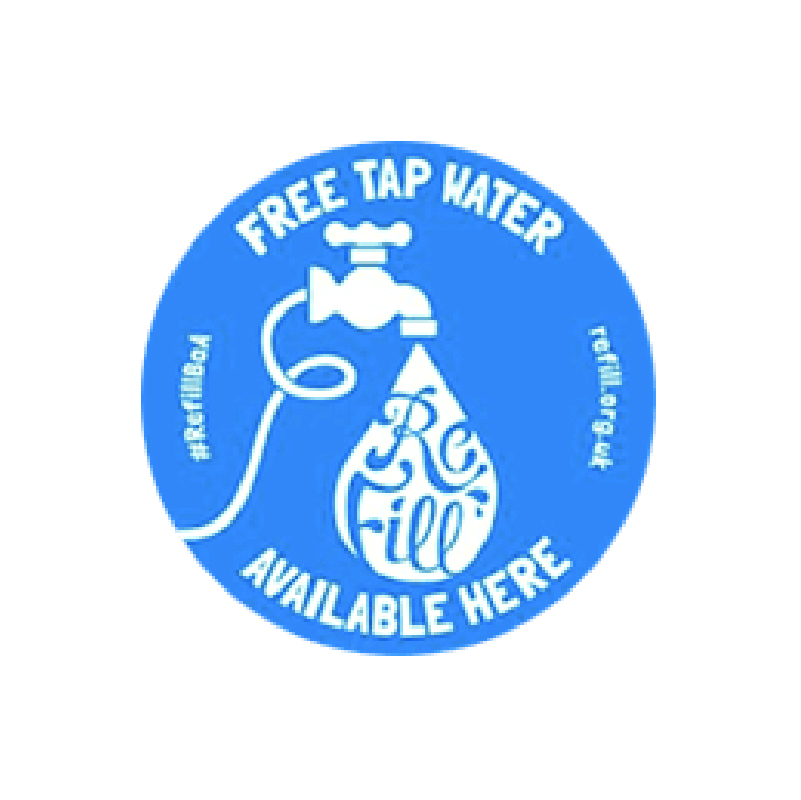
By Milly Salsbury, Assistant Psychologist & Revival Strategic Committee
Body neutrality lies somewhere in between body negativity and body positivity on a spectrum of the
relationships we have with our bodies. Body negativity can refer to a range of negative thoughts,
beliefs, and behaviours around body image and is correlated with poor mental health, including the
onset of eating disorders (Rosen, 2013). With this in mind, it isn’t at all surprising that we’ve seen a
rise in body positivity movements, most often on social media, in an attempt to balance out the
conversation. However, a recent analysis by Larsen-Ledet (2022) suggested that the promotion of
body positive content on social media can in fact reinforce body negative narratives. How one may
ask? A lot of body positivity trends depend on societal beliefs around what bodies or body parts are
and are not acceptable, whilst continuing to place emphasis on the aesthetics of the body. By sitting
in the middle of body negativity and body positivity, taking a neutral perspective can offset the
negatives of each end of the scale.
According to the research, one way in which we can move towards a stance of body neutrality is by
recognising and acknowledging the things that our bodies do for us (Alleva & Tylka, 2021).
Appreciating the functionality of our body in this way can be a passing acknowledgement, when you
are kicking your legs to stay afloat in the sea, looking back to the shore and seeing how far your body
has allowed you to come, or thinking of how your skin is protecting you from the chill of the water.
That being said, the fast pace of life can mean that gratitude practices such as these can easily slip
from the forefront of our mind. In this case, a more structured and deliberate approach can feel
more achievable for some. If this sounds like you, set aside a few minutes in your day to appreciate
all of the things that your body allows you to do, and find your place in body neutrality:
- Internal processes – Consider the inner workings of the body that you are grateful for. E.g.
my body allows me to enjoy and digest food, and get better again after having a cold. - Physical capacities – Take time to note the ways in which your body enables you to move
through day to day life. For example, my legs allow me to go for walks with my dog, I can lift
my arms to hug others. - Bodily senses and sensations – I can feel in my body when I am excited, or nervous. My body
can see, smell, hear or feel. - Creative endeavours – My body enables me to sing, dance, act or craft.
- Communication – My body moves in a way that allows me to communicate with others e.g.
through body language. - Self-care – I can practice self-care through my body, e.g. swim, take a warm bath, and relax.
















This is fantastic, well written piece. It really got me thinking about the functionality of my body and how acknowledging and showing gratitude is essential for a healthy relationship with my it.
Thank you Milly!